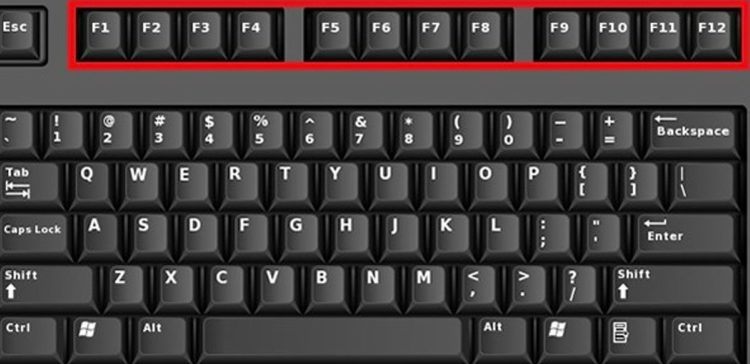Look at your computer’s keyboard and you’ll notice the cluster of function keys labeled F1 to F12. You might press them to adjust the volume on your computer, or for playback features on video applications.
Maybe you’ve never used these keys because you were unsure what they were for, so it’s time to unravel the mystery. Those keys perform multiple actions when used within operating systems and browsers, so get ready for a crash course in the function keys.
Add on to your existing knowledge of Ctrl + Alt + Del and other mouse-free advanced tricks. With this list below, you’ll be endowed with a set of shortcuts and easy fixes once you get the hang of them.
F1
- Activates the help menu immediately
- On a Windows menu, when pressed with the Windows key it will bring up Microsoft’s help and support menu
- Ctrl + F1 hides and displays ribbon menu in Microsoft Excel and Word
F2
- Enables you to edit a selected folder or file name in Windows Explorer
- In Microsoft Office, pressing Alt + Ctrl + F2 opens the Documents Library
F3
- Allows you to search files in Window Explorer
- Opens the Find feature in web browsers like Mozilla Firefox, Google Chrome
- Shift + F3 is used to change case in MS Word, including all caps, lowercase, or uppercase
F4
- Duplicates your action within a program like drawing a line
- Alt + F4 closes active program windows quickly
- In Windows Explorer, places the cursor in the address bar
More informations about F-Keys in the Next Page …







